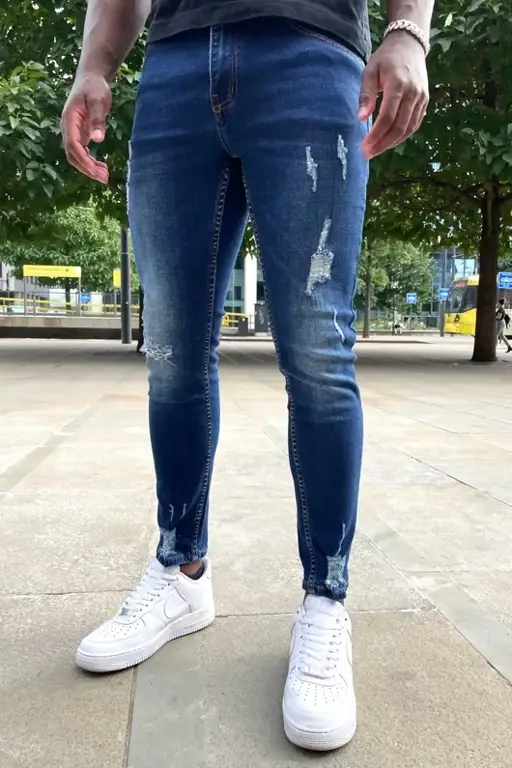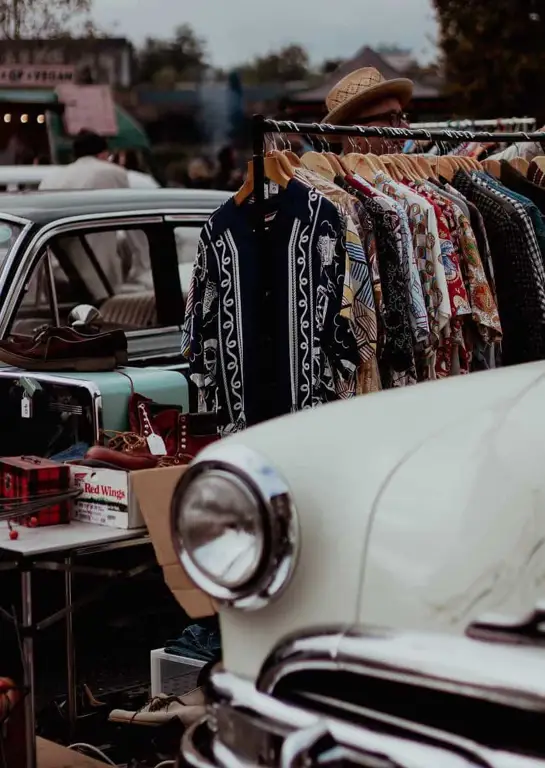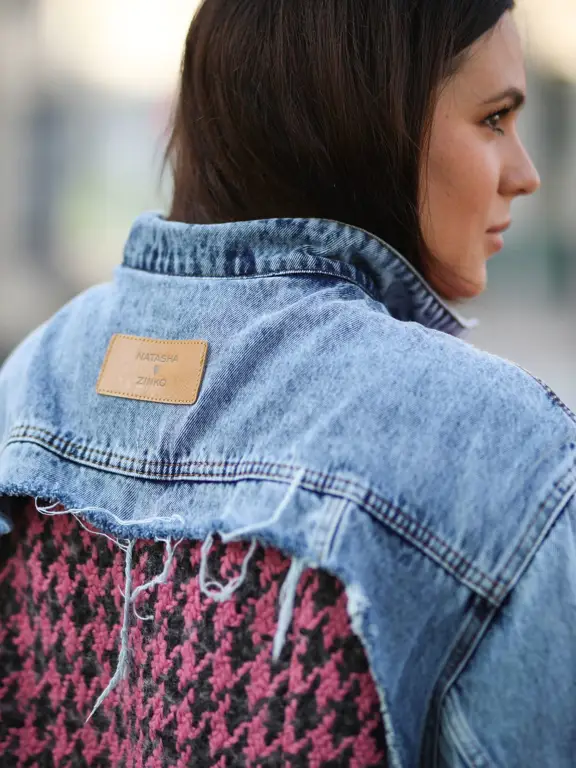Worn and torn, a phrase often associated with age and wear, takes on a new meaning when applied to the world of fashion and, more specifically, to the intriguing concept of “worn and torn newbie 160.” This term, while not widely established, hints at a specific aesthetic or perhaps a niche community interested in a particular style. Let’s delve deeper into what this might encompass.
The number “160” could refer to several things. It might indicate a size, a specific model number of a garment, or even a reference to a year or a specific event. Without more context, its precise meaning remains elusive, adding to the mystique of the phrase “worn and torn newbie 160.”
The words “worn and torn” immediately evoke images of distressed fabrics, faded colors, and textures that tell a story. It suggests a style that embraces imperfection, valuing character and history over pristine perfection. This could range from subtly distressed denim to heavily ripped and patched clothing, reflecting a rebellion against the flawlessly smooth aesthetic often seen in mainstream fashion.
Imagine, for example, a pair of jeans bearing the marks of many adventures. Faded washes, strategically placed tears, and patches sewn with contrasting fabrics – these details contribute to a unique, individual style statement. This is where “worn and torn newbie 160” might find its place, representing a specific subculture or a personalized interpretation of this distressed aesthetic.

This style isn’t just about destruction; it’s about thoughtful deconstruction and artistic reconstruction. It’s a form of self-expression, a way of communicating individuality through clothing. The “newbie” aspect might suggest someone new to this style, experimenting with techniques and creating their own unique interpretations of the “worn and torn” aesthetic.
The “worn and torn newbie 160” concept might even extend beyond clothing. It could also relate to other objects or forms of art exhibiting a similar aesthetic. Think of vintage cameras with scuffed leather cases, aged guitars with battle scars, or even antique furniture bearing the hallmarks of time and use. Each object, worn and weathered, tells its own unique story.
Exploring the Aesthetics of Worn and Torn Newbie 160
Let’s break down some key elements that could define the aesthetics of “worn and torn newbie 160”:
- Distressed Fabrics: This is a fundamental element. The degree of distress can vary greatly, from subtle fading to dramatic rips and tears.
- Patchwork and Repair: Patches, often in contrasting colors and textures, are a key aspect. These aren’t just repairs; they are design elements, adding to the overall visual interest.
- Color Palettes: The color scheme might range from muted, faded tones to bolder contrasts, depending on the desired look and feel.
- Layering: Layering different textures and fabrics can create depth and complexity in the overall aesthetic.
The possibilities are practically endless, making “worn and torn newbie 160” a fascinating concept to explore.

One might even speculate about the potential for a community built around this style. A community of individuals who share a passion for this particular aesthetic, sharing ideas, techniques, and perhaps even creating and trading unique pieces. The online world offers fertile ground for such communities, with platforms like Instagram, Pinterest, and specialized forums serving as ideal spaces for connection and collaboration.
The Evolution of Worn and Torn Styles
The appreciation for worn and torn aesthetics isn’t new. Throughout history, the wear and tear on clothing has often reflected a person’s lifestyle and experiences. From working-class garments that show the marks of hard labor to vintage pieces that have survived the passage of time, the evidence of use has always been a powerful visual language.
The current interest in the “worn and torn” style represents a conscious choice, a curated aesthetic that transcends mere practicality. It’s a rejection of disposable fashion, an embrace of durability, and a celebration of individuality expressed through the unique history imprinted on each garment.
The inclusion of “newbie” in the term suggests an ongoing evolution. New techniques, new interpretations, and new styles are continuously being developed, enriching the overall aesthetic.
| Element | Description |
|---|---|
| Distress | Strategic rips, tears, fading |
| Patchwork | Using contrasting fabrics to repair and enhance |
| Color | Muted or bold contrasts |
| Texture | Layering different fabrics |

In conclusion, while the meaning of “worn and torn newbie 160” remains somewhat cryptic, it presents a captivating window into a specific aesthetic that values individuality, creativity, and the unique stories told through clothing and objects. It’s an invitation to explore the art of deconstruction and the beauty of imperfection.
Further research and exploration of online communities could shed more light on the specifics of this style, revealing the nuances and evolving trends within this niche area of fashion and self-expression.
